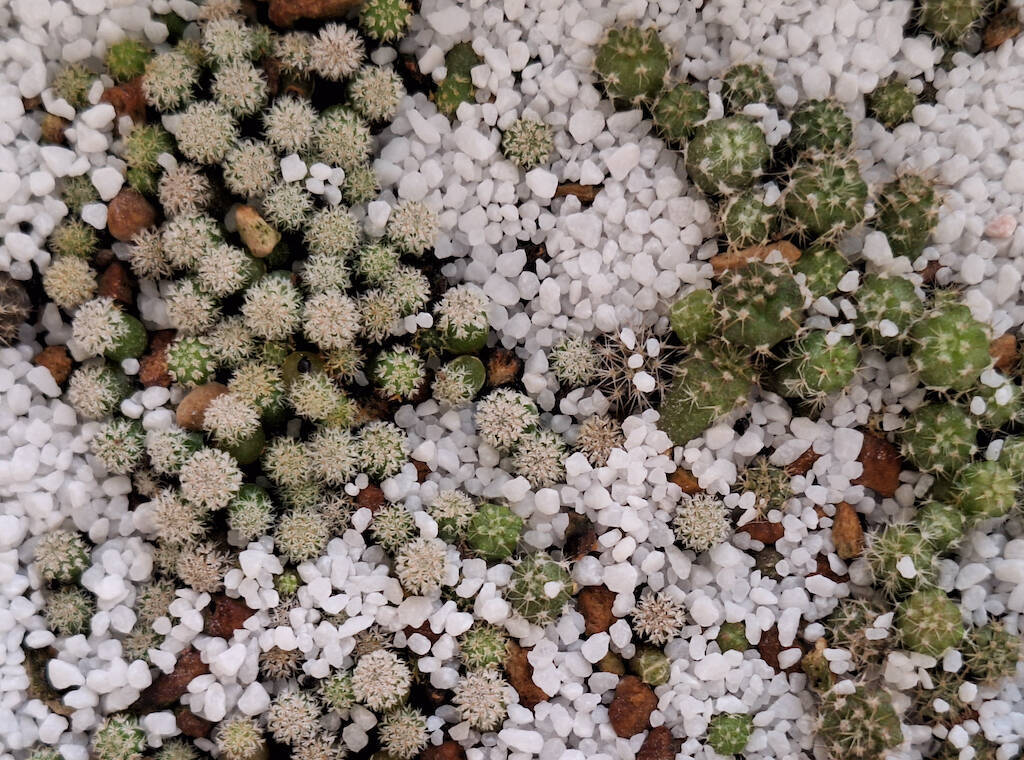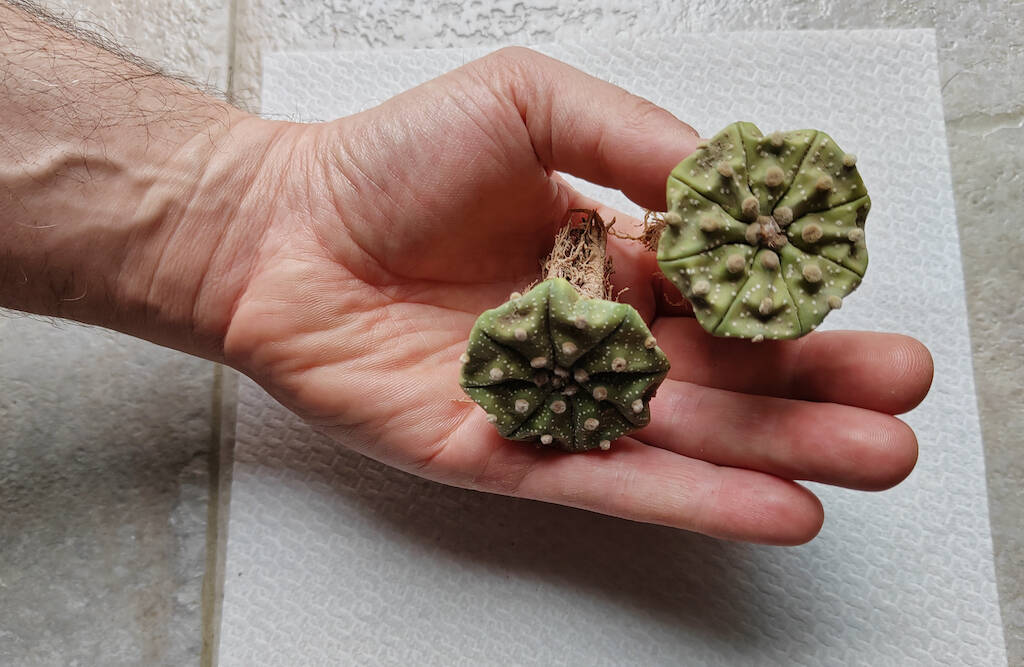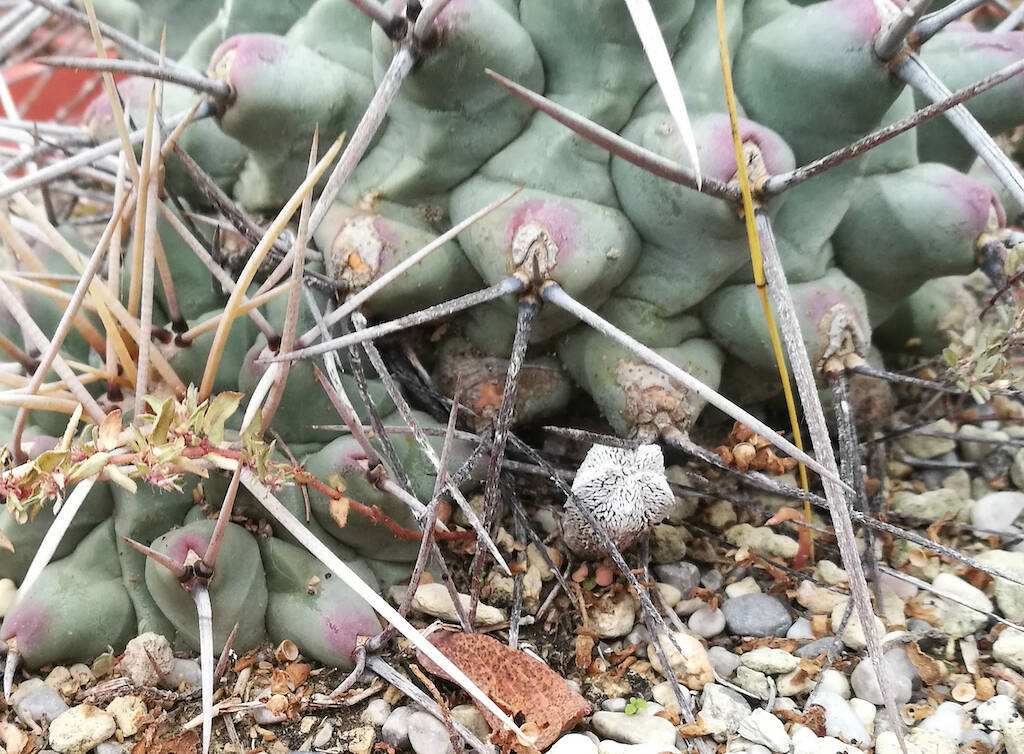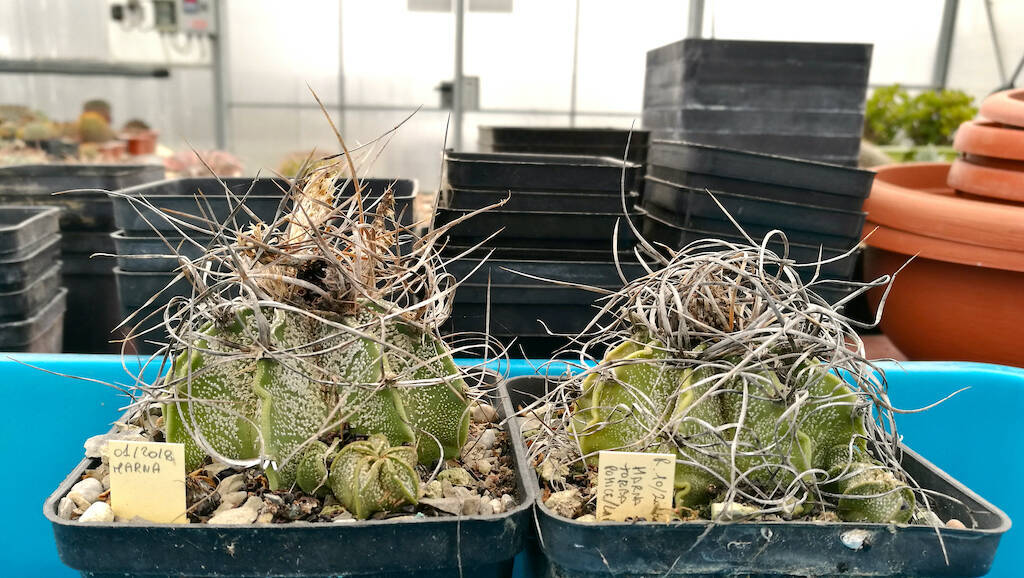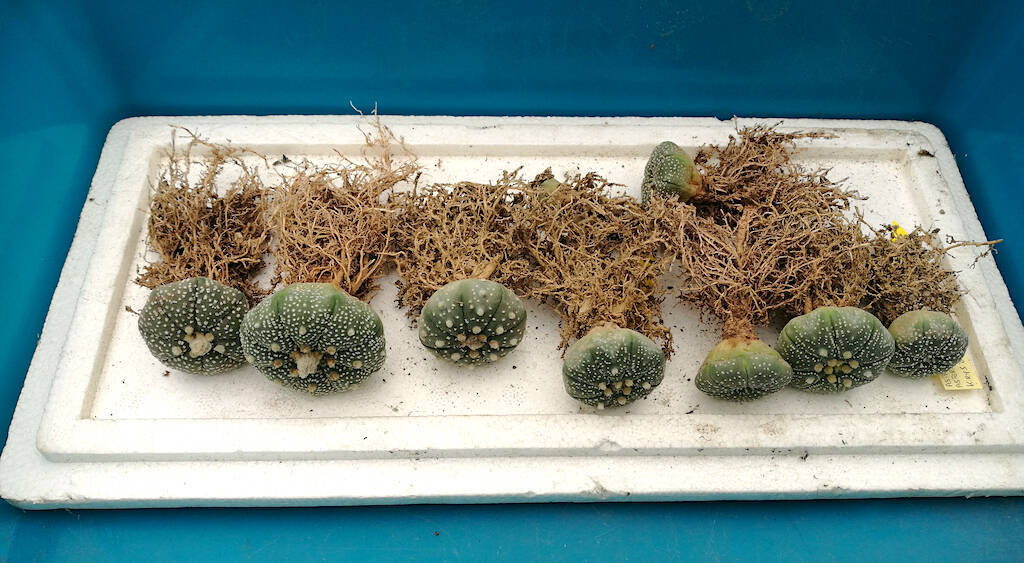For any plant enthusiast, whether succulent or not, planting is an extremely important point of arrival. An arrival point which, in many cases, soon turns into a starting point which accompanies the enthusiast for most of his life. It is undeniable that there is no comparison between a purchased plant and one we have seen born, grow and develop from a tiny seed, even more if we have collected that seed from one of our plants. This is somewhat the “magic” of sowing: closing a circle born of a flower with another flower, the one produced by the plant originating from that first seed that we have been able to germinate, become a plant and lead to full maturity. And all this without going into detail about the satisfactions that are obtained by trying to select particularly interesting species, from flowers of unique colors to peculiar or almost unique thorns or stem shapes. As regards the procedure for sowing cacti and succulents, many novice growers “get lost” in the proverbial glass of water right after the phase least subject to our control, i.e. germination: we cannot in fact force a seed to germinate, although there are good practices that favor the birth of plants.
For many, however, the critical issues begin after that moment, that is to say in the first months of life of the plants, which are indeed delicate months because the seedlings are still weak and easily subject to rotting or parasitic attacks. It is above all to these growers that the following article is addressed, with a little “trick”, to be understood as advice, on how… to make life easier for seedlings and how to let them pass the first winter unharmed. (…)
Per proseguire nella lettura dell'articolo Accedi o Abbonati
To continue reading the article LogIn or Subscribe


